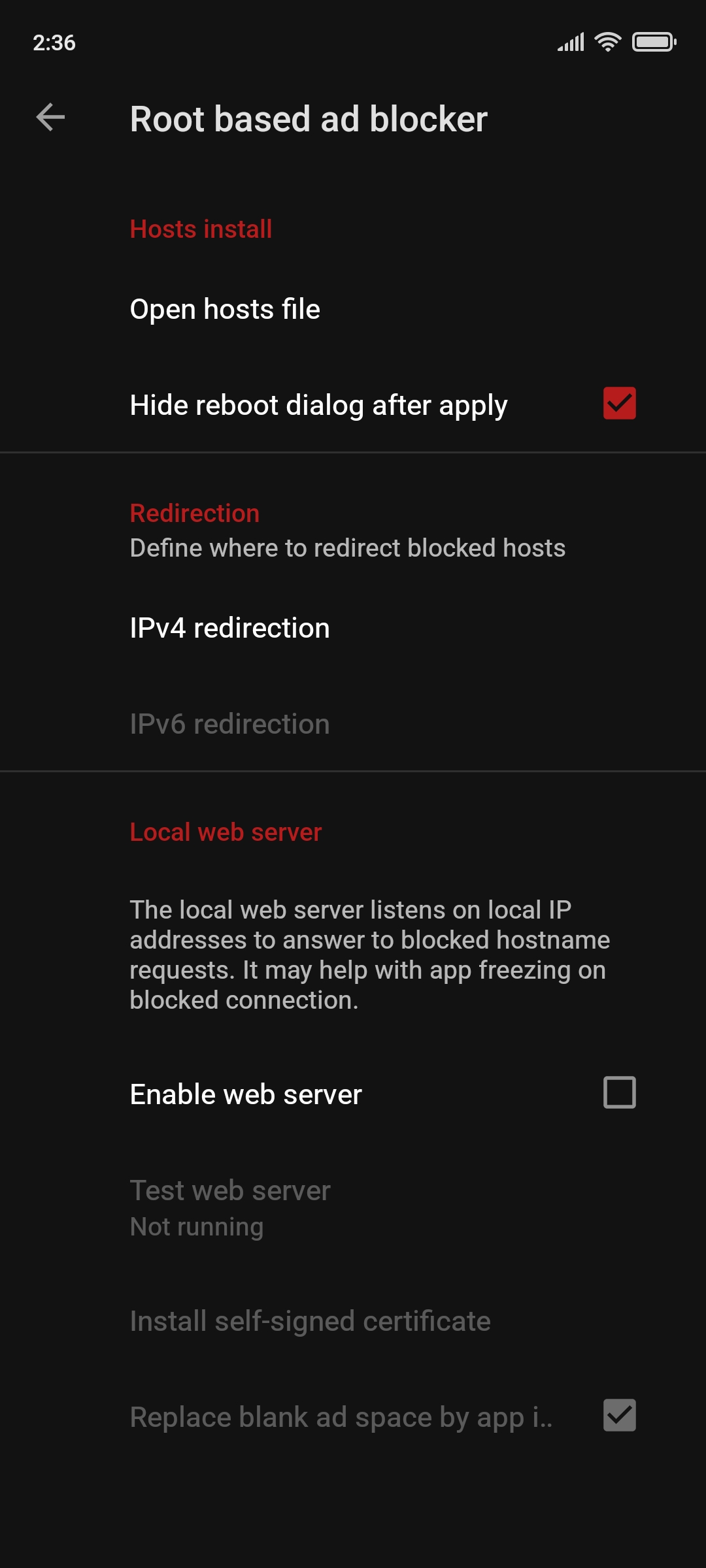
- #Text file for android web server full
- #Text file for android web server code
- #Text file for android web server download
#Text file for android web server download
Passing a URL for a page that would normally be viewed in a browser would simply download to a file the HTML delivered by the web server. Any web page may be downloaded in the same fashion. The Download method downloads the file from the web server and streams it to a file byte-for-byte exactly as received.

The Download method may be called to download any type of file.
#Text file for android web server code
That's used much further down the page where this code appears: if (IsPost & fileName != String.(Android™) HTTP Download any Type of File (binary or text) The final line of code gets the identity value of the most recently added row in the database and applies it to the id variable. Var sql = "INSERT INTO Files (FileName, FileContent, MimeType) VALUES fileName, fileContent, fileMime) Var db = Database.Open( "FileUploading") Var fileLength = uploadedFile.ContentLength īyte fileContent = new byte įileStream.Read(fileContent, 0, fileLength)

Var fileStream = uploadedFile.InputStream
#Text file for android web server full
Here's the full code for the top of upload.cshtml: int id = 0 įileName = Path.GetFileName(uploadedFile.FileName) If there is a file there, we need three pieces of data - it's name, it's type (MIME) and the actual binary data that constitutes the file. Of course it is possible that someone submits the form without selecting a file. In this example, we only need to worry about one file, so Request.Files will get it for us, but only if the form has been submitted. Request.Files has a Count property, which returns the actual number of files. If files multiple are available, the first is at Request.Files, the second at Request.Files and so on. If one file is uploaded, it will be available in Request.Files. If files are uploaded, they can be accessed via the Request.Files collection, which has a zero-based index. That needs to be referenced at the top of the page. When working with files, you will generally need to reference System.IO as that is the set of classes that has methods for working specifically with file objects. However, nothing happens with the uploaded file. At the moment, when you run the page, you are presented with the file upload, and it works.

Since it is on its own, I am setting it to true so that the form tags render. If you are displaying the upload as part of an existing form, you should set includeFormTag to false. You cannot change the text on the Browse button. The helper lets you specify the number of initial uploads you want to display, whether you would like to allow the user to dynamically create more of them, whether you want the whole thing wrapped in form tags and what you would like as the text on the second button. There is a helper method for creating file uploads, FileUpload.GetHtml(): FileUpload.GetHtml( It will also save those files to the database, and in the case of an image, display the result, or with other file types, it will display a link to the newly saved file. This page will contain the file upload so that users can get their files to the web server. This is available from the Package Manager as part of ASP.NET Web Pages Helpers.Īdd a new page and call it upload.cshtml. You will need to add the FileUpload helper to your site. Note - it's not just image files that can stored here, it's any kind of binary data. The best data type in SQL Server CE for binary data is the image data type.

the MIME type is also known as the content-type. A catch-all MIME type of application/octet-stream covers many other file types, and just tells the browser "this is binary data of some kind". Files specific to certain applications have application/ as their prefix: application/vnd.ms-excel or application/vnd.ms-powerpoint. Images generally have an image/ prefix to their MIME type - image/jpg, image/gif etc. An html file will have a MIME type of text/html. The MIME type describes the type of content contained in the file, so a text file would have a MIME type of text/plain. The file name and MIME types are both strings, so nvarchar will do for those. At a minimum, we need the the file name, the MIME type and the actual binary data. First, we need a database table with the right kind of data types for storing various information about the uploaded file.


 0 kommentar(er)
0 kommentar(er)
